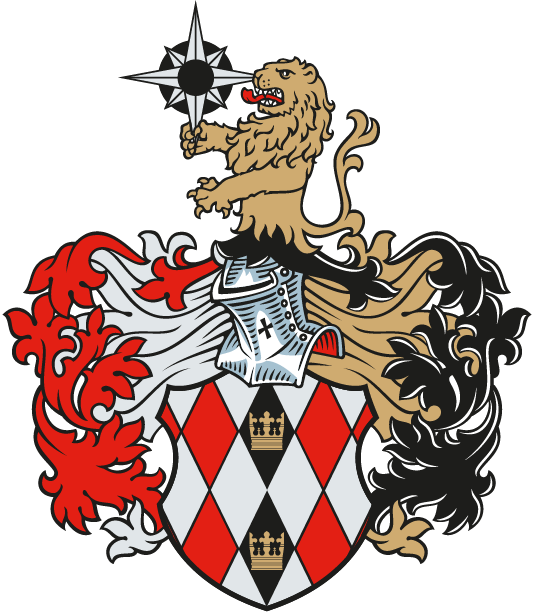

Eid al-Adha, one of the two major Islamic festivals, commemorates Abraham's devotion and is marked by global celebrations and sacrifices.
Eid al-Adha, also known as the 'Feast of Sacrifice', is celebrated on the 10th of Dhu al-Hijja, the final month of the Islamic calendar. It honors the willingness of Abraham to sacrifice his son as an act of obedience to God. The festival continues for three additional days, known as the Tashreeq days.
According to Islamic tradition, Abraham was commanded by God to sacrifice his son, a test of faith which he prepared to carry out. God intervened and provided a ram instead. This event is commemorated during Eid al-Adha with the sacrifice of animals.
In countries like Pakistan, the festival has a significant economic footprint. In 2011, 7.5 million animals were sacrificed, with an estimated market value exceeding $3 billion (over $4.2 billion in 2024 terms). This drives demand in livestock markets, cold chain logistics, and urban infrastructure for waste management and public health services.
Real estate trends often respond to the seasonal influx of consumers and traders in urban centers. Temporary markets, increased hospitality needs, and enhanced transportation contribute to short-term shifts in local economies and infrastructure development.
Eid al-Adha is not only a spiritual event but also a time of community, generosity, and economic activity. Its observance reflects both religious devotion and cultural diversity, influencing local economies, infrastructure, and social cohesion across the Muslim world.
